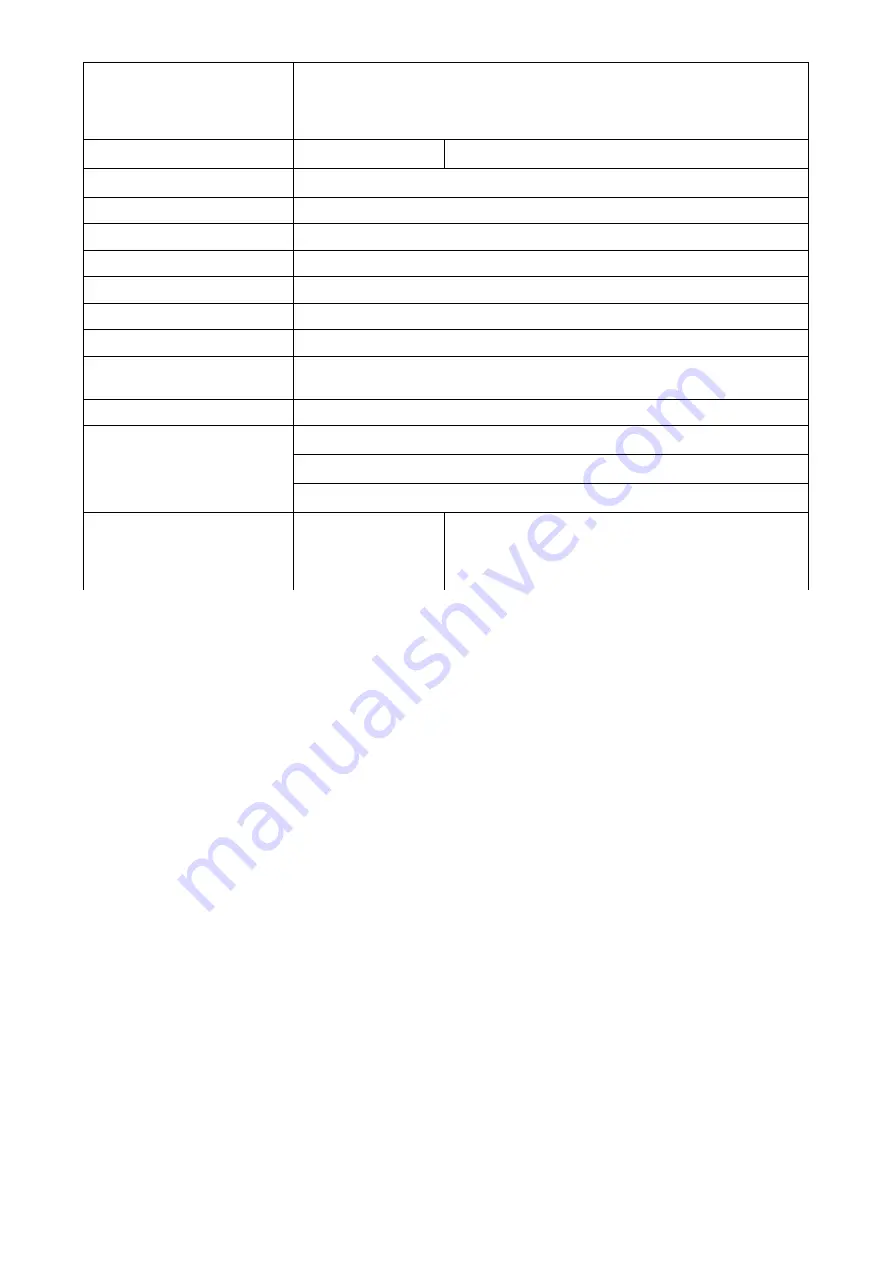
(only HOLD works with
internal sounds)
MIDI CC 66
– Only holds notes that were 'On' when the pedal was pressed.
Use it to 'hold' chords and play melodies over the held chord.
MIDI CC 69
– Notes fade out according to their release parameter rather
than when the pedal is released.
M. Overlay Mode
ON/OFF
Turns the instrument overlay on or off
N. Overlay Settings
Goes to Overlay Settings screen below.
A. Bottom key
Strike a key to set the bottom limit of instrument overlay.
B. Top Key
Strike a key to set the top limit of instrument overlay.
C. Program
1-128 (0-127)
D. Channel
1-16 (0-15)
E. Note Length
0.01-8.00
Sets default Note Length for overlay.
F. Bank
1-16 (0-15)
G. Octave
0, 12, 24, 36, 48, 60, 72, 84, 96, 108
Set the starting MIDI Note Number of the 'bottom limit' in steps of 12
H. Semi-tone
0-11
Offset the starting MIDI Note Number of the 'bottom limit' in steps of 1.
I. Layer Type
OFF
-
dead zone – the overlay area does not send MIDI messages
COMB
-
instrument will output two 'note on' messages (layered)
EXCL
-
instrument will only output Overlay MIDI 'note on' messages (split keyboard)
O. Patch Name
^
ACOUSTIC GRAND
PIANO
Spells out Patch name using patch and octave shift
buttons by scrolling through A-Z, blank space, 0-9,
blank space, a-z, blank space, various symbols,
blank space and back to A-Z.
8.4 Patch Template
This is a template for copying changes to multiple patches such as transposing all your
patches to a different key or setting minimum velocity. It is the same list as the for patch
settings.
1.
Select the item in the list you want to change using the up/down patch buttons.
2.
Select your change using the left/right octave shift buttons.
3.
Press SAVE (if you have
gone into a second screen such as for jack inputs press exit first to get back to main patch
template screen) and follow the instructions – select ALL to change all 128 patches or
select SELECTED and choose patches using up/down arrows and left/right arrows
⌂
.
4.
Press SAVE and then a fresh template screen will appear.
5.
Make another change or
EXIT into Performance Mode.
9.0 The Noise Threshold
This is the threshold at which the instrument will trigger - a sound will be heard or the blue
LED will flash. So that even the gentlest strikes produce a sound we have set the noise
threshold at 7
.
You may want this lower for finger playing. Or this may be too sensitive for
some players. In electrically 'noisy environments' on stage or when taking sounds from an
'electrically noisy' laptop the instrument may pick up unwanted external influence and the
blue LED will flash randomly. Just raise the threshold a notch or two to remedy. You can
find this setting in Global Settings D. If you don't like the new setting repeat the process.
10.0 Different Ways of Manipulating Your Sound Volume.
1. Turn the sensitivity knob up to increase volume (affects the instrument Globally)
2. You could use a volume pedal between sound source and amplification.
3. Raise minimum volume in your patch setting – F. Min Velocity - so that your sound
makes an entrance even if you have hit too softly (useful in theatre/ensemble work).
4. Lower maximum volume in your patch setting G. Max Velocity - so that your sound
won't be too loud even if you have hit too hard (useful in theatre/ensemble work).
10















